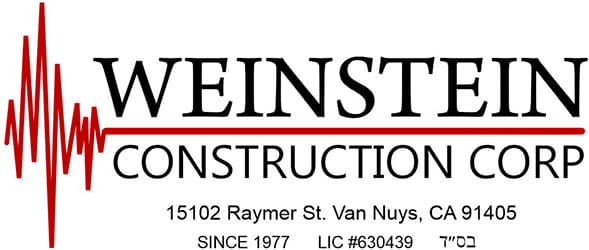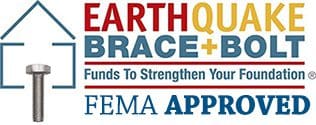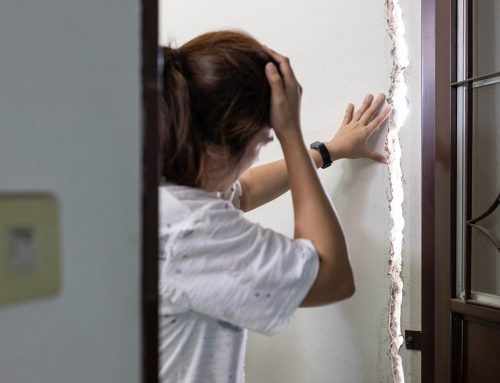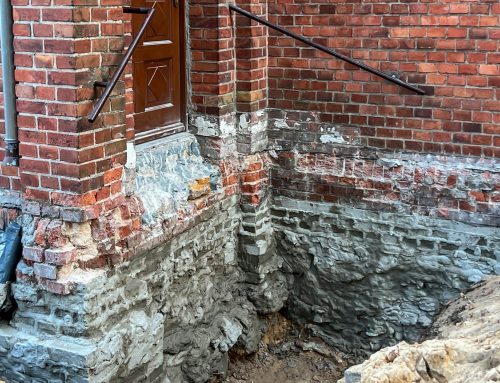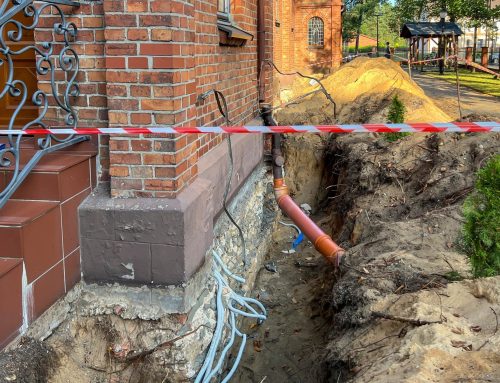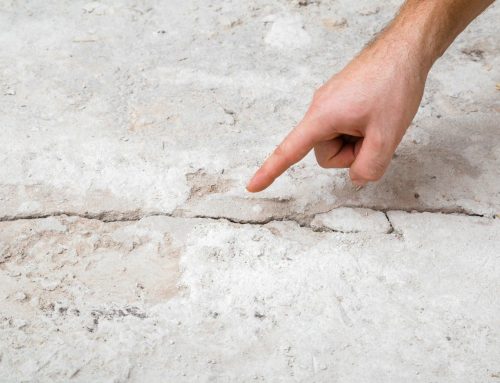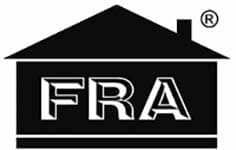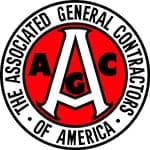Living in Los Angeles means preparing for earthquakes. If you own a building—whether an apartment complex, office space, or resort—ensuring its structural safety isn’t just a smart decision; it’s the law. The city’s Ordinance 183893 requires the retrofitting of pre-1978 wood-frame buildings and non-ductile concrete structures to reduce earthquake risks.
But what exactly does retrofitting entail? How do you choose the right contractor? Let’s dive into everything you need to know.
What Is Earthquake Retrofitting and Why Is It Important?
Earthquake retrofitting strengthens a building’s structure to withstand seismic activity. Without proper reinforcement, older buildings are at higher risk of collapsing during an earthquake, endangering lives and leading to costly damages. Retrofitting addresses vulnerabilities like weak frames and foundation issues to protect tenants and minimize legal liabilities.
According to the U.S. Geological Survey, California experiences over 10,000 earthquakes annually. While many are minor, the potential for a major quake makes retrofitting a crucial investment for safety and compliance.
How to Choose the Right Retrofitting Contractor
Selecting the right contractor can feel overwhelming, but following these steps will simplify the process.
Step 1: Research and Create a Shortlist
Start by researching contractors specializing in seismic retrofitting in Los Angeles. Don’t just pick the first name on Google. Look for companies with a solid reputation, years of experience, and knowledge of local regulations. Aim for a shortlist of three to five candidates to avoid decision fatigue.
Step 2: Ask About Their Expertise
Not all retrofitting contractors are equal. While there are no formal credentials specific to this field, a reliable contractor should have extensive experience in seismic engineering, use quality materials, and understand local building codes like the Los Angeles Soft-Story Retrofit Program.
Step 3: Check Reviews and Get Recommendations
Word of mouth is powerful. Talk to other building owners about their experiences. Online reviews on platforms like Yelp and Google can provide additional insight. Look for patterns in feedback—were projects completed on time? Was the quality of work consistent?
Step 4: Focus on Value, Not Just Cost
Retrofitting is a significant investment, but think of it as protecting your property and future. Cheaper isn’t always better. Request detailed quotes and clarify what’s included—materials, permits, timelines, etc. Remember, a higher upfront cost could mean fewer headaches (and expenses) down the road.
Why Is Compliance with Ordinance 183893 Essential?
Failing to comply with Los Angeles’ retrofit ordinance can lead to hefty fines and legal liabilities. More importantly, it puts lives at risk. Retrofitting your building ensures it meets safety standards, offering peace of mind to tenants and employees.
Buildings that have undergone retrofitting often see increased property value and lower insurance premiums—a win-win for owners.
What Questions Should You Ask a Contractor?
- How many retrofitting projects have you completed in Los Angeles?
- Can you provide references or examples of similar buildings you’ve worked on?
- What permits and inspections are required, and do you handle them?
- What materials and techniques do you use to ensure durability?
Protect Your Building, Protect Your Future
Earthquake retrofitting isn’t just about compliance; it’s about safety, security, and long-term savings. By understanding the process and choosing the right contractor, you can protect your property from seismic risks and meet legal requirements with confidence.
For more information, consult the City of Los Angeles Department of Building and Safety or speak with a licensed structural engineer to assess your building’s needs.
